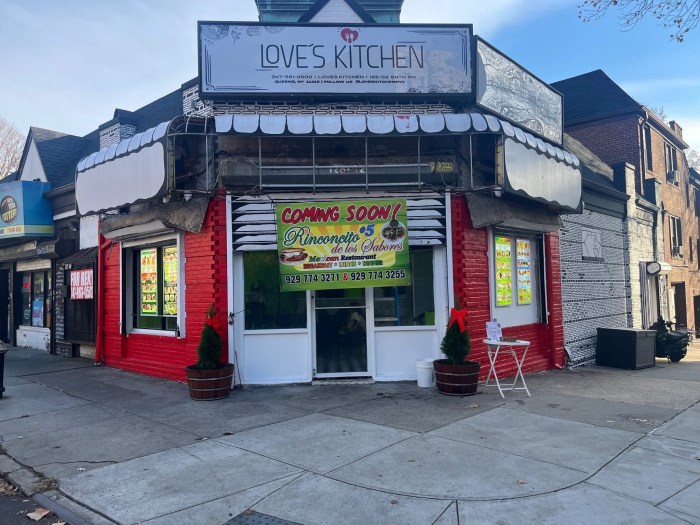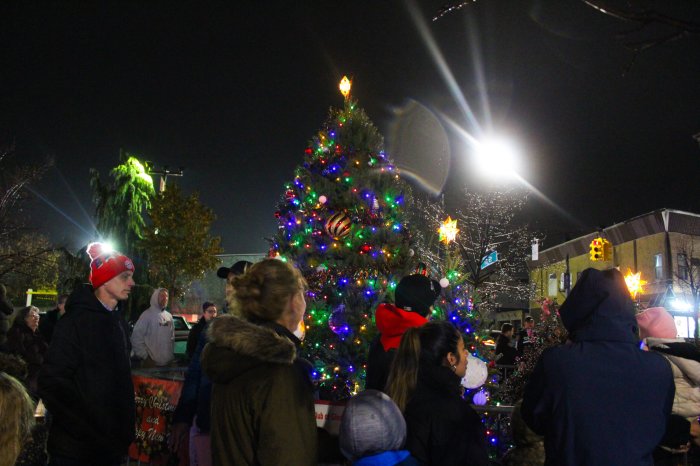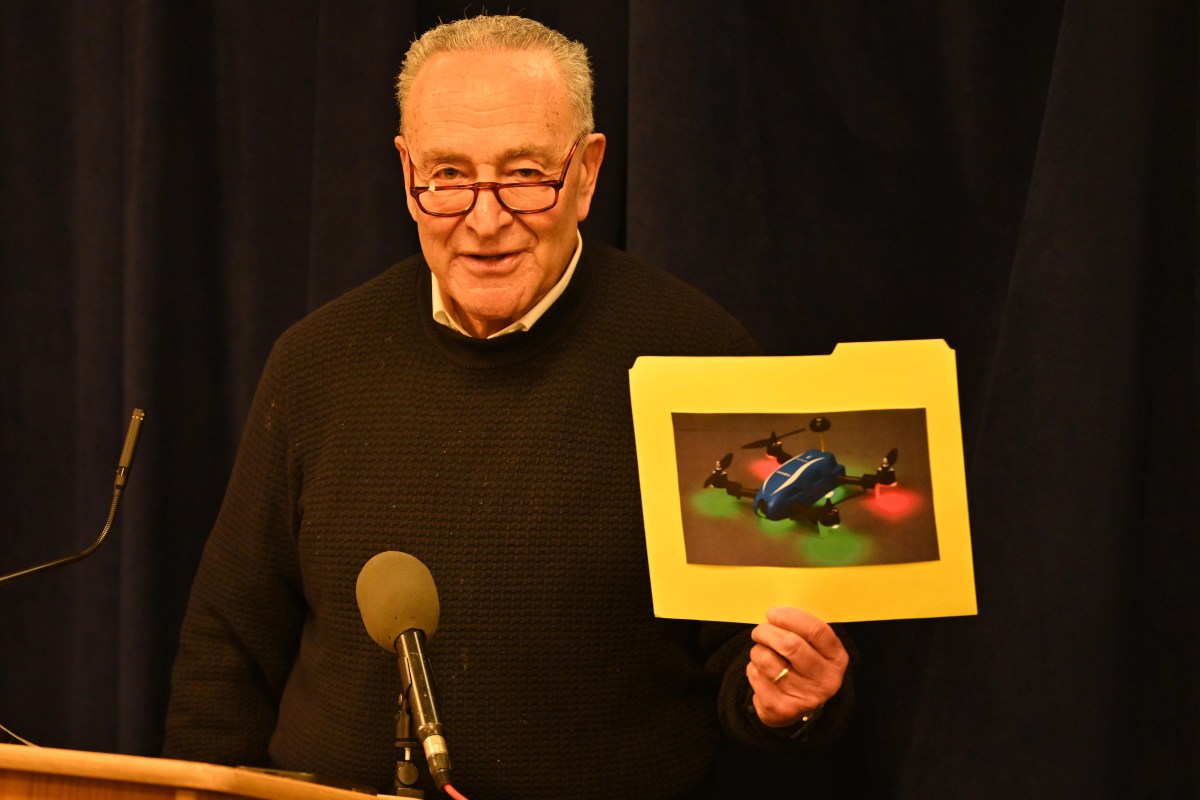In his Nov. 29-Dec. 5 letter, state Assemblyman Mike Miller (D-Woodhaven) raises questions about the public engagement process for the QueensWay, which is being sponsored by The Trust for Public Land in partnership with Friends of the QueensWay, a group of residents living near the QueensWay.
As many know, the concept for the QueensWay was created by members of FQW who were inspired by the quality of life and economic development success of greenway projects around the world and sought to bring similar park- and community-related benefits to our respective neighborhoods.
We also felt strongly that in order for the project to be a long-term success for our communities, a comprehensive planning effort involving experienced and trained experts in a number of disciplines relating to the QueensWay and which involves a significant amount of community outreach was essential. The funding we received from Gov. Andrew Cuomo and a number of private sources was critical to be able to complete this planning in an effective way.
This project, which began this fall, is being led by two respected design and planning firms — WXY Architecture and Urban Design and Dlandstudio – along with a community engagement nonprofit, Hester Street Collaborative.
The QueensWay public engagement process includes multiple components aimed at gathering maximum local input over the entire course of the 10-month project, with completion in early summer. These components include an active social media campaign, including an online platform at thequeenswayplan.mindmixer.com/, small meetings with many community organizations and interest groups and formal workshops, the first three of which were held in November with the second three planned for March to get further input on the consultants’ preliminary design ideas.
Since this project is just getting underway, our main goal for the first set of workshops was to provide a brief introductory presentation, followed by small group discussions aimed at eliciting ideas and concerns from all 350 residents who attended our three workshops.
By creating dialogue at 10 tables simultaneously, 10 times as many voices were able to be heard and an exchange of ideas was achieved. A conversation facilitator recorded notes at each table where there was a map showing the abandoned rail line and the surrounding neighborhoods, allowing our team to collect 10 times more information from both vocal and soft voices than at a public forum where one person speaks at a time.
The format of the three QueensWay events, centered on small breakout groups, is common design workshop practice within the architecture and urban planning fields for understanding local ideas and concerns. Many public event workshop formats exist, each for different purposes and different points in a planning process. For gathering a lot of information about geographically-specific ideas and concerns at the beginning of a planning process, small group exchanges based around local maps are effective.
Though we disagree with Miller’s assessment of the workshops, we appreciate the input and take his position into account as we design future community input sessions. In the meantime, Friends of the QueensWay, The Trust for Public Land and our consulting team continue to seek comments from all interested parties.
We strongly encourage everyone to do so via the project website, by e-mailing our public engagements consultants or Shelma Jun at shelma@hesterstreet.org or by e-mailing FQW at info@thequeensway.org.
Andrea Crawford
Friends of the QueensWay
Kew Gardens



































